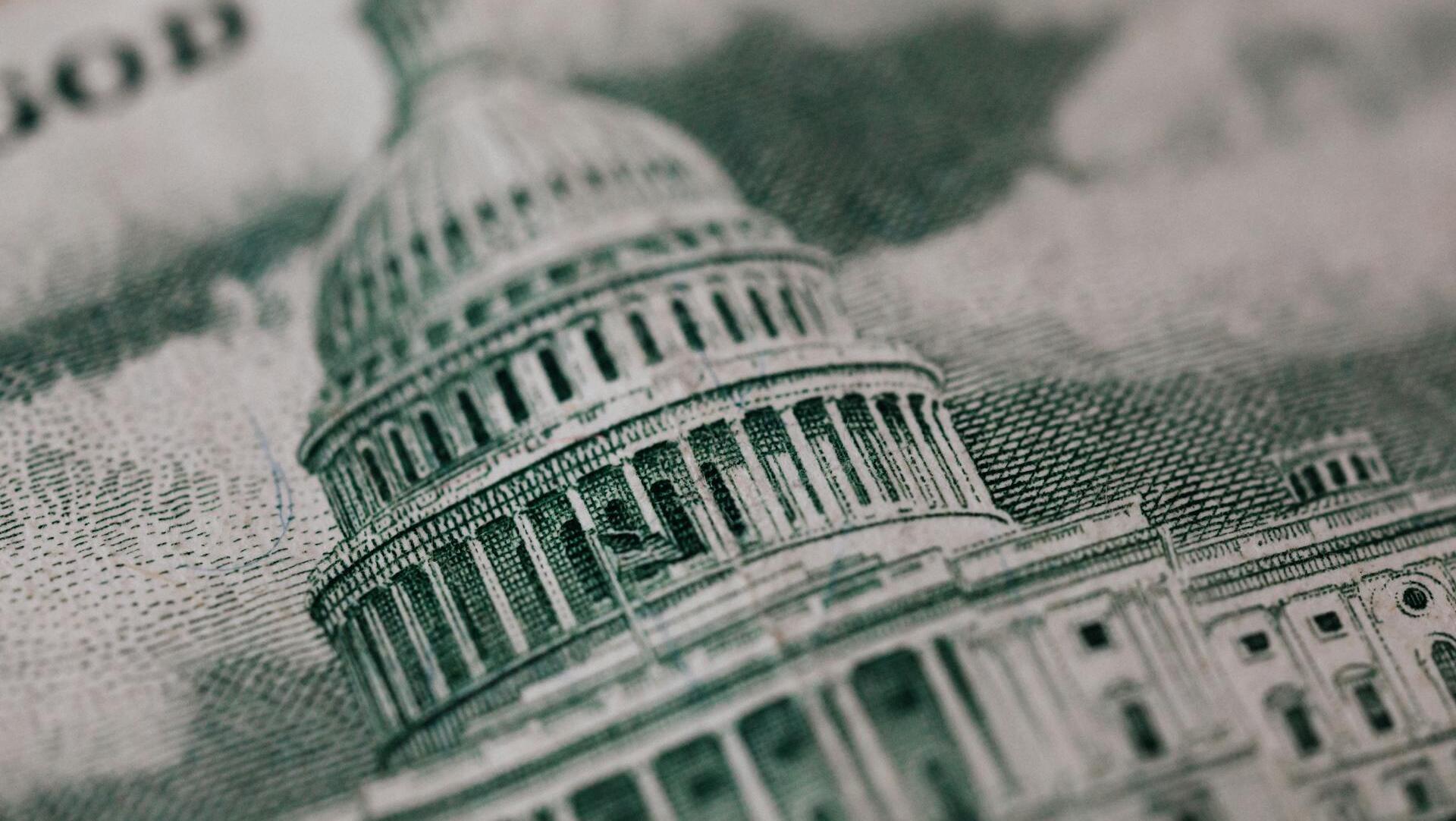The United States dollar opened the week on stable footing, following two consecutive weeks of gains, as robust domestic data and tempered expectations for Federal Reserve rate cuts helped offset persistent geopolitical uncertainties.
Economic data continues to support the greenback. The University of Michigan’s preliminary consumer sentiment index for July rose to 61.8, its highest reading since February.
Retail sales, jobless claims, and a surprise jump in the Philadelphia Fed manufacturing index all indicate continuing economic strength.
However, sticky inflation in both consumer price and producer price indexes reminded markets that price pressures remain persistent.
The figures landed against a backdrop of escalating trade tensions. Trump is seeking a minimum tariff of 15% to 20% in any trade agreement with the European Union, according to the Financial Times, adding to global uncertainties and reinforcing expectations that the Fed may remain cautious about easing.
Euro Gains Capped as Markets Eye ECB Decision
The Euro edged higher against the U.S. dollar, bolstered by dovish Fed signals after Governor Christopher Waller backed a July rate cut.
The EUR/USD climbed to 1.1626 last week, but gains were limited as improving U.S. sentiment kept the U.S. dollar broadly supported.
Fed officials remain divided: Waller’s dovish tone contrasts with Chicago Fed President Austan Goolsbee, who flagged CPI-driven tariff concerns.
In the Eurozone, a light data docket kept attention focused on U.S. macro releases and trade policy developments.
Looking ahead, traders will monitor the European Central Bank’s monetary policy decision, July Flash PMIs, and EU consumer confidence.
Aussie Recovers as Iron Ore Surges, RBA Cut Eyed
The Australian dollar started the week steady, recovering from a 1% sell-off last week triggered by weaker-than-expected employment data.
The Aussie is trading around 0.6504, amid rising iron ore prices as China signals renewed support for its economy.
The June labour force report showed unemployment rose to 4.3% - the highest in more than three years - while employment rose by just 2,000 jobs.
This has strengthened the case for a Reserve Bank of Australia rate cut in August. According to the ASX's RBA Rate Tracker, markets are fully pricing in a 25 basis point cut next month, with growing speculation around further easing later this year.
The RBA’s meeting minutes, due this week, will be closely watched for further policy signals, while global risk sentiment continues to steer short-term moves.
Sterling Steady as UK Jobs Data Lifts BoE Outlook
The British Pound firmed slightly against the U.S. dollar, ticking up after three consecutive weeks of decline, as a revised UK jobs report offered some relief to the Bank of England.
The GBP/USD currency pair rose to 1.3411, buoyed by easing U.S. inflation expectations and speculation that the Fed may cut rates in July.
The University of Michigan sentiment survey pointed to declining long-term inflation forecasts - now seen at 3.6% over five years - easing pressure on the Fed and giving Cable some breathing room.
Meanwhile, the UK payroll data for May was revised higher, reducing fears over labour market fragility and helping the BoE navigate stubbornly high inflation, still above 3%.
With limited UK data last week, this week brings fresh insight via Flash PMIs and retail sales figures, alongside U.S. economic updates and Fed communications.
Yen Volatile as Japanese Election Adds Political Uncertainty
The Japanese yen slipped against the U.S. dollar, with the USD/JPY currency pair trading above 148.00 as political risk surrounding Japan’s 20 July Upper House election weighed on sentiment.
Prime Minister Shigeru Ishiba’s ruling coalition has lost control of the upper house for the first time since 1955, ushering in opposition-backed expansionary fiscal policies, which could disrupt bond markets and undermine the yen.
Investors are already bracing for volatility, with rising yields on Japanese government bonds prompting speculation that the Bank of Japan may delay further normalisation.
The possibility of looser fiscal and monetary policy keeps interest rate differentials wide, helping sustain the U.S. dollar's strength against the yen.
Technical traders are watching the 149.00 level closely. A double-top formation could signal a reversal if post-election uncertainty escalates, while a surprise hold on political power could support the Yen and rein in bond volatility.
Economic Calendar – Week Ahead
The week ahead features a busy global economic calendar, beginning Monday with New Zealand releasing its second-quarter consumer price index, China announcing its loan prime rate decision, and Canada publishing its producer price index data.
On Tuesday, South Korea will report its producer price index, while New Zealand is set to release its balance of trade figures. In Australia, attention will turn to the Reserve Bank’s meeting minutes, while in the United States, markets will watch Fed Chair Jerome Powell’s speech alongside Redbook retail data and the Richmond Fed manufacturing index.
Wednesday brings a speech from Fed Governor Michelle Bowman to the United States. South Korea will post its latest consumer confidence data, and in Japan, Bank of Japan Deputy Governor Uchida is scheduled to speak. Canada will also release its new housing price index.
Thursday is expected to be a particularly data-heavy day. The Eurozone will release flash consumer confidence data and the European Central Bank will announce its latest interest rate decision. In the United States, existing home sales and the Chicago Fed national activity index are due.
South Korea will report on business confidence and second-quarter gross domestic product (GDP) growth. Flash PMIs for July will be released in Australia, Japan, the Eurozone, the United Kingdom, and the United States.
In addition, the Reserve Bank of Australia will publish its quarterly bulletin, the UK will release the CBI business optimism index, and Canada is expected to post retail sales figures.
On Friday, the United States will release new home sales data and durable goods orders. The UK will provide GfK consumer confidence readings, car production numbers, and retail sales data.
Japan will report on Tokyo’s core consumer price index and foreign bond investments, while Singapore is scheduled to publish its industrial production results. The Eurozone will release its latest consumer inflation expectations.



